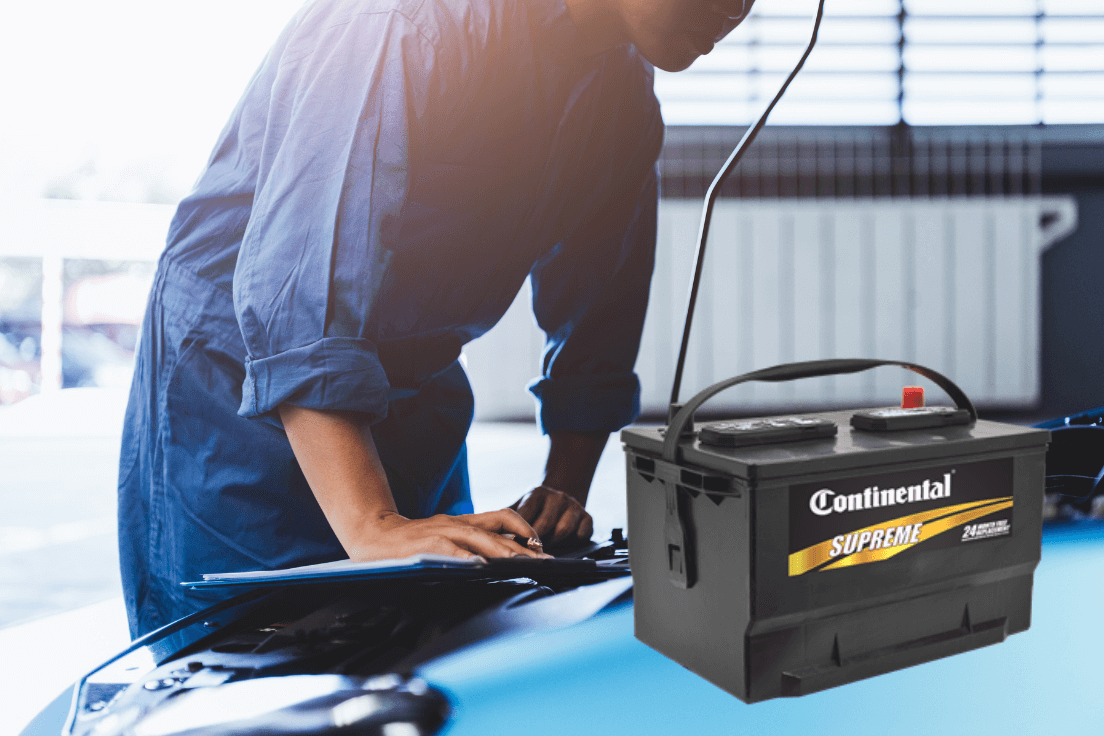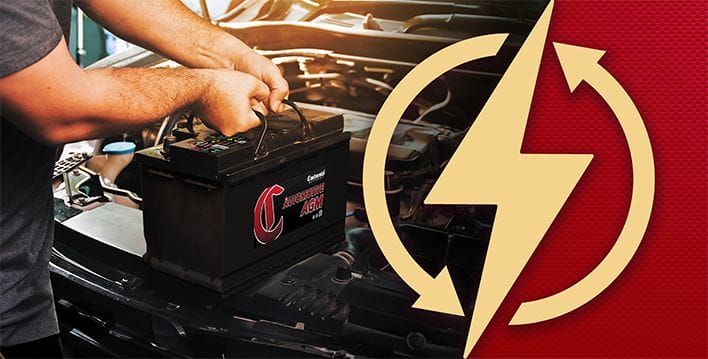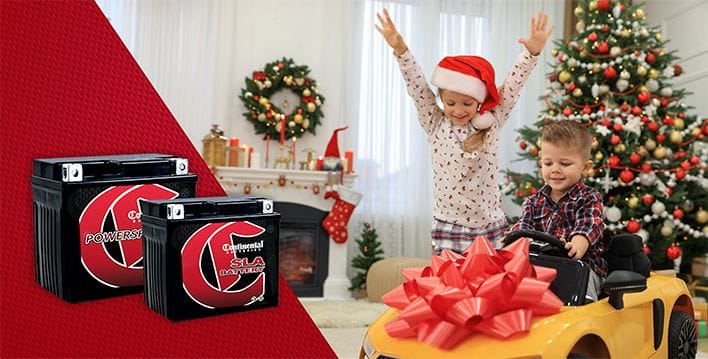
Although buying a new battery for your vehicle may not be your biggest challenge you’ll ever have, it is important to get from a name you can trust. Continental Battery is your best option.
Depending on how much you drive and the type of climate where you live and work, your vehicle battery will last about three to five years. So it stands to reason that you will need to replace your car battery at least once in its lifetime.
How do you know what battery is best for your vehicle? Here are 9 smart battery buying tips from the people who know batteries to help you in your search for the perfect battery for your vehicle.
1. Battery Size
Batteries for vehicles are divided into group sizes which indicate the length, width, and height of the battery. You can find out the battery size required by checking the owner’s manual or consulting with your mechanic. You will know the right battery size if it fits perfectly in the battery tray which secures the battery to prevent damage from vibrations.
2. Battery Newness
The age of the battery is indicated by a letter and number code directly on the battery. The letter stands for the month and the number stands for the year of manufacture. It’s a bad idea to buy a battery that is older than six months from the date of manufacture.
However, recycled batteries are often just as good as new ones, and can save you a little money as well.
3. Reserve Capacity
Reserve capacity means the amount of time that the battery can run on its own power without the engine and before discharge. Having a high Reserve Capacity helps the car through tough situations such as an uncooperative engine, alternator failure, and /or accidentally leaving lights on.
4. Power Requirement
The energy required to start a vehicle at temperatures of 32 degrees Fahrenheit is called Cranking Amps or (CA). Cold Cranking Amp points to the ability of the battery to start your car at 0 degrees Fahrenheit. CCA applies for cold climates and batteries with higher CCA are recommended.
5. Maintenance
There are batteries that are low maintenance and there are batteries that are maintenance-free. The maintenance-free car battery is usually sealed and the liquid electrolyte can run throughout the battery life with no need for replacement. Low maintenance batteries are unsealed with caps that allow you to add distilled water occasionally.
6. Warranties
It is advisable to consider warranties and choose a battery with a long period of free replacement. Warranty periods are measured by a figure combining the free replacement period and the prorated period. The prorated period allows for partial reimbursement of the purchase sum of the battery for a limited period of time.
7. Type and Position of Terminals
The position of the positive terminal affects the polarity of the car and there is a risk of shorting if the positive terminal contacts with the metal shell of the car. It is therefore very crucial to check what side the positive terminal is located whether right or left depending on the type of car.
8. Ampere Hour (AH)
This refers to how much electricity the battery can store or capacity. A higher AH means that the battery can maintain a load for a long time so the chance of the battery running out is less.
9. Battery Life
You can check the battery life of your current battery at an auto parts store or battery specialist. This will help you know if you need a new battery or just a maintenance procedure.
Only the highest quality batteries and services are represented by Continental Battery partners. So when it comes time for a new battery, be sure to find your local Continental Battery dealership. No matter what kind of battery you need, you can count on us.






